With only 9 million households that hold an insurance policy against flood risks, the most common and costly natural catastrophe is still widely undercovered in the US. Will the new federal efforts finally open the long-awaited age of pre-disaster mitigation?
with 🎙️ Nick Shufro – Deputy Assistant Administrator, Federal Insurance & Mitigation Administration, Resilience, FEMA
💧 The Federal Insurance and Mitigation Administration (FIMA) manages the National Flood Insurance Program (NFIP) and a range of programs designed to mitigate against future losses from all hazards, including floods, earthquakes, tornadoes, and other natural disasters.
This episode is part of my Series on the Water Crisis in America
What we covered:
💧 How only 9 million insurance policies have been set in the US to protect people from flood risks, and how it’s been a slow uptake to achieve that number.
👴 How Ben Franklin’s advice is still very actual in today’s context
🚱 How the US federal administration set rules to enforce pre-disaster mitigation, even after a disaster has happened.
🇺🇸 How funding availability drastically evolved under the current US administration.
🌊 How Nick’s team comes in and meets people on the worst day of their life
😊 How it’s all about reducing disaster suffering, be it with pre-disaster mitigation or post-disaster remediation
🔥 … and of course, we concluded with the 𝙧𝙖𝙥𝙞𝙙 𝙛𝙞𝙧𝙚 𝙦𝙪𝙚𝙨𝙩𝙞𝙤𝙣𝙨 🔥
Resources:
➡️ Send your warm regards to Nick on LinkedIn;
➡️ Visit FIMA’s Website
➡️ A big THANK YOU to Sciens Water for enabling this episode!

is on Linkedin ➡️
Teaser 1: Pre-Disaster Mitigation typically protects people’s largest investment, their home
Teaser 2: Meeting with FEMA often happens on a Victim’s worst Day – hence the importance of Pre-Disaster Mitigation
Full Video: My conversation on Pre-Disaster Mitigation with Nick Shufro
Table of contents
- What we covered:
- Resources:
- Teaser 1: Pre-Disaster Mitigation typically protects people’s largest investment, their home
- Teaser 2: Meeting with FEMA often happens on a Victim’s worst Day – hence the importance of Pre-Disaster Mitigation
- Full Video: My conversation on Pre-Disaster Mitigation with Nick Shufro
- Full Transcript:
- The US approach to Flood Mitigation
- How do People apprehend Flood Risk and its Mitigation?
- Pre-Disaster Mitigation Policies takeover as a Key Performance Indicator
- Where does Pre-Disaster Mitigation take place?
- The impact of Climate Change on Flood Modeling and Prediction
- The Metrics to measure the impacts of Pre-Disaster Mitigation
- Rapid Fire Questions
- Other Episodes:
Full Transcript:
These are computer-generated, so expect some typos 🙂
Antoine Walter: What is it that we have to rethink about water?
Nick Shufro: We need to get away from our communities and silos and think across different organizations and different businesses. Many conferences, many conversations are focused on dams, or they’re focused on floods, or they’re focused on carbon, and we need to look at opportunities to bring together people on a cross-functional basis.
So that we have investors, startup companies, artificial intelligence companies, all talking about a common problem and coming up with solutions to some of those problems.
Antoine Walter: Your area of expertise has a lot to do with floods, right?
Nick Shufro: That’s correct.
The US approach to Flood Mitigation
Antoine Walter: So in the US, what is the size of a project you’d be following for flood mitigation, or flood protection is it the watershed? Is it a state, or is it the country?
Nick Shufro: It’s the country. Country. So I work for a federal insurance and mitigation administration and, Administer the federal insurance program. And so if you think about the United States and you think of any place it rains, it can flood. And you think of people’s homes are often their largest investments. Many people don’t buy flood insurance because it’s not part of home insurance and it’s expensive and people don’t wanna buy it.
It is the biggest risk to many people. Now we’re seeing wildfires also are big risks, but flood is a big deal. And if you think about the United States and all of our territories in Alaska and Hawaii, we have about 3 million miles of waterways, Coastal river lakefront. We are going to map all of those coastal and riverine areas.
We currently map about a million miles. And those are really focused on densely populated areas. And what we’re trying to do is trying to give people an idea of where there’s risk and where there’s risk to them building. We identify the risk and then we work with the states and we work with the localities because in the United States, everything is locally implemented, state managed, and federally.
Okay, so we provide them with the risk information and then the localities determine where they want to establish new homes in the flood plain. And so we’re providing information to them so they can make informed decisions.
How do People apprehend Flood Risk and its Mitigation?
Antoine Walter: What’s the acceptance of flood risk? Let me give you a bit of background to that broad question, which is, I was discussing with the city of Glasgow when they were preparing for the COP 26.
The city of Glasgow has a special kick in flood management, they do everything with nature based solutions. And their policy is to say, we want to mitigate the risk, so to limit the impact, but we cannot prevent floods. That would be something totally different. If you want to prevent floods, you build huge walls. Yeah. Across the river, and you pray for those walls to hold.
And a big portion of what they had to do is to convince people that the risk will exist and that you invest a lot. In mitigating it, but you will still have every second year some water in your basement. So what is the approach you have generally speaking in the US when it comes to this acceptance of risk? Mitigation of risk?
Nick Shufro: First of all, most people don’t think anything will ever happen to them. Yeah. And they think not, I’m never gonna get flooded out. And they’re always amazed when there’s an event that happens. We have some information. So if you have an. Water in your house. It equates to X number of dollars of damage.
We can’t build sea walls to protect every community in the nation. It’s too expensive and if you build a wall to protect Hoboken, New Jersey. The water’s gonna go to Manhattan. Yeah, it goes someplace. We recommend building codes. We work with consensus based voluntary building codes, and we try and get people to elevate their homes.
And we work with, in the United States, we have a very decentralized process, just like our voting or even our responses to C and masking or not masking. Everything is done at the local level so we can provide information. Communities, and we can encourage them in certain directions, but we really have very little mandate.
The only mandate that we have for you as an individual homeowner to buy flood insurance is if you have a federally backed mortgage and your home sits in what’s called a special flood hazard area, so uptake of flood insurance policies in the United States. Population’s about 330 million people. We have about 9 million policies in place.
So it’s not a tremendous amount of uptake. And part of that is because traditionally it’s been expensive and traditionally we had a system that was developed in the 1960s, 1968, and it was really, it looked at areas. So if your house was in an area, you had a certain rate based on the value of your house, et cetera.
But it was basically on the rating within that zone with technology. And what’s great to hear about some of the technology providers is we’re able to get a lot more granular, and so this year, in April, We introduced a new program called the Risk Rating 2.0, which went down to the property level. And so we assess risk.
It’s a risk adjusted premium and it’s based on where your home sits, how far from the river or the coastline, the age of the home, and other characteristics. So you’re paying something based on the risk that you have, and we’re hoping there were some people whose rates went up and there were some people whose rates went down and were hoping that had, by having a risk adjusted premium.
That we would actually get people to buy more insurance policies.
Pre-Disaster Mitigation Policies takeover as a Key Performance Indicator
Antoine Walter: Your key performance indicator is to see this number of 9 million people who have flood insurance policies go up. Is this what you’re looking at? Getting more people on board?
Nick Shufro: Yeah. So in 2016, 2017, my organization set a couple of goals, which we called moon shots.
And one was to double the amount of insurance policies in place. And we’re talking just about flood insurance. We’re not talking about earthquake insurance or other types of perils. And then we also set a goal of mitigation, quadrupling the amount of mitigation investments. And traditionally, FEMA gets funding from Congress after there are large events and traditionally there was very little done before a, an event.
So what’s called pre-disaster mitigation. And if you think back to one of our founding fathers, Ben Franklin said, A stitch and time saves nine or an ounce of prevention is worth more than a pound of cure. So trying to identify where their risks which are known and trying to prepare and build in resilience, community and nation and national resilience makes a lot of sense.
But we didn’t get a lot of money and the amount of money varied by year and what Congress wanted to give us. So one year we could get a couple of hundred million for pre-disaster mitigation efforts, and the next year we could get in the tens of millions of dollars. It was. A known amount. And in 2018, there was a piece of a law that was enacted called the Disaster Response Recovery Act, and D R A said that if you have money coming out of the Disaster Relief fund, the df, and let’s say you had a hundred million dollars that came out of the d df in a given. The following year, 6% of that had to be set and allocated to pre-disaster mitigation.
And so we saw a tremendous uptake in the amount of monies that were available to try and reduce the risk so we could reduce disaster suffering. If you think about all the disasters, the billion dollar disasters we’ve had over the last couple of years, including floods and hurricanes, and you think about covid, The dollars that have been spent over the last two or three years have been tremendous.
And we’re able to take that and try and prepare the nation to be more resilient by doing pre-disaster mitigation.
Where does Pre-Disaster Mitigation take place?
Antoine Walter: So this pre-disaster mitigation, what is the typical size of a project? Is it like really distributed and very local, or do you take one portion of the country and say, Hey, we’re gonna work on that?
Nick Shufro: So a lot of our programs are grant program. And their competitive grant programs. Okay, so we set out the criteria. You have to do this, you have to do that. You have to have a mitigation plan in place for your community, and consistent with the belief that everything is locally implemented, state managed, and federally supported.
We put out notices of funding opportunities or nofo and say, we have this money available and communities. Apply for the programs. The states then say, Let me help you put together your package, and then they apply for them and their competitive processes. Traditionally, we’ve had a lot more demand for funding than we actually have funding available, but under the current administration, we’ve seen some tremendously large.
Increases in the amount of dollars we have for pre-disaster mitigation and other mitigation programs.
The impact of Climate Change on Flood Modeling and Prediction
Antoine Walter: I dunno, I guess you are in the front lines of the consequences of climate change, more intensive events. The second is also that all your. Technology is, and prevention and mitigation and all the models you might have might tend more and more to become wrong just because the stats which you can feed them with are from a time before this climate change.
How wrong am I with these two assertions?
Nick Shufro: You’re not wrong. Little clarification. So we have a part of our organization that goes out and responds after there’s a disaster. We have people, and traditionally people think of fema wearing FEMA windbreakers and going and getting disaster assistance information from survivors and taking people off roof of rooftops when they’re being flooded.
That’s a portion of our organization. That’s the response in recovery, really response. My organization is very much. Planning and prevention and mitigation and providing risk information so people can make informed decisions. As such, we work with the private sector. We work with a number of partners, not for profits, other advocacy groups, and so we use the best information possib.
So a lot of organizations that we’re here today talking about catastrophic risk modeling, we use the models, the information is not wrong. What we see is that a lot of the information is based on historical information and the cat modeling tries to project different scenarios of what may happen in the future.
And as we’ve all seen, changes to the climate are happening faster and faster, becoming more intense. And so, It’s not wrong, but having said that, we’re seeing things happen very quickly and that’s what we’re adapting to.
The Metrics to measure the impacts of Pre-Disaster Mitigation
Antoine Walter: Okay. So if you’re listening to that right now, it’s not me trying to be dramatic.
It’s the Barber Adagio, which is played in the room, but it serves your purpose. So it makes some sense. To round off this deep dive, what is the single metric you’re looking at, which tells you if you succeed in your endeavor in the next five or 10 years?
Nick Shufro: Well, since we don’t have control over natural disaster, we can plan for them if we know there’s a known disaster. So, for example, a hurricane coming up, we know we can track its forecast over time, so we have some notice we call those notice events. We can’t really do that with no notice events. So an earthquake sometimes a wildfire, we can’t really plan.
But our overall metric is really trying to reduce disaster suffering. We come in when it. Disaster survivors. Worst day it’s a bad day cuz they’ve lost their house, they’ve lost their community, they’ve lost their cars, whatever it is. And so what we’re trying to do, our metric is how can we reduce disaster suffering so that the impacts of these natural events, whether they’re manmade, caused or naturally caused, they’re reduced.
Rapid Fire Questions
Antoine Walter: To conclude these interviews, I have a set of rapid, fire questions, so short questions aiming for short answers, but I’m not cutting the microphone. My first one is, what is the most exciting project you’ve been working on and why?
Nick Shufro: So, I’ve been working on extreme heat, and extreme heat is a silent killer.
It kills more people on average across the United States than a lot of other perils, hurricanes, earthquakes, wildfires, and there’s a lot that we can do with our federal partners. So, Noah Human health services. Epa, there’s a lot that we can do to prepare people for extreme heat, and as you’ve seen in the United States, the summer, as we’ve seen in Europe, there is a lot of extreme heat going around, and so the ability to actually have an impact made it very exciting.
Antoine Walter: What is the trends to watch out for in the water sector?
Nick Shufro: Continued innovation. There’s a lot going on. Our data is good, but there’s opportunities to improve it, to tailor it to individual situations, and so innovation, innovation, innovation.
Antoine Walter: And last question. What is the single thing you’re doing in your job?
Today that you won’t be doing in 10 years.
Nick Shufro: We’re building up a team to address dam risk, so the risk of failures from dams. We’re doing that because we got a lot of funding under the infrastructure bill and a small program that nobody paid attention to. And our dams, we have 91,000 dams across the United States.
And the American Association of Civil Engineers rated the infrastructure at a d plus, which is not a good score to get. Not a good rating. We’re now up to a C, and part of it is looking at dams, working with states, working with tribes, working with rural utility rural communities, utilities, and looking at dam.
And so hopefully in 10 years from now we’ll be talking about a B plus, a B, you know, an A minus. And we’ll have identified and started to work on fixing some of the nation’s infrastructure, especially dams, because that’s one of the programs that we manage. And there’s a lot of risk there, and we’ve like to avoid having.
Serious consequences in the damn failure.
Antoine Walter: Well, fascinating field. Thanks a lot for having been my guide in that shorts dive. I let you enjoy the rest of the conference and probably the cocktail if I judge by the ambient. So thanks a lot.
Nick Shufro: Thank you very much.

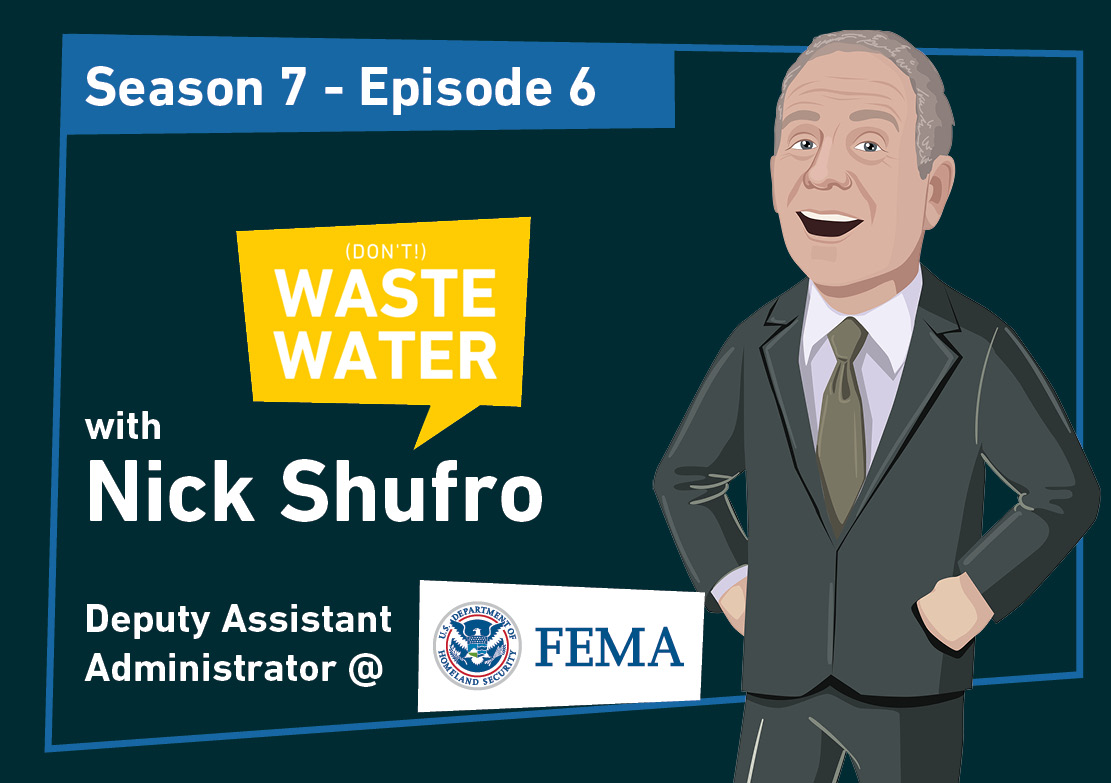


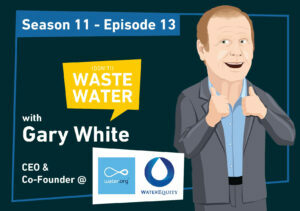

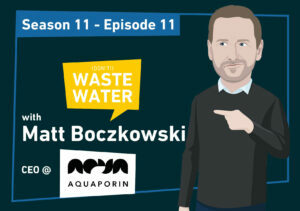
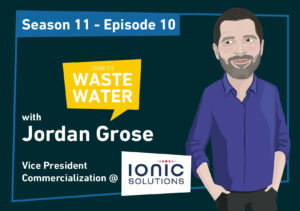


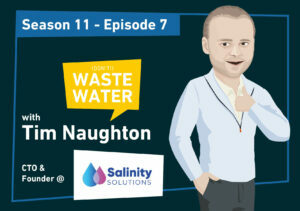


2 thoughts on “Pre-Disaster Mitigation Needs to Quickly Ramp Up in the US. Will it?”